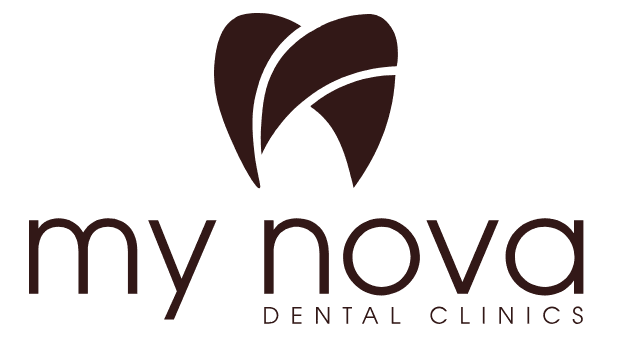OUR QUALITY ORGANIZATIONAL STRUCTURE
DEPARTMENT QUALITY REPRESENTATIVES
Comprised of managerial or supervisory staff representing each department.QUALITY “ORGANIZATIONAL CHART”
I- TOP MANAGEMENT AND MAIN RESPONSIBILITIES
| Position | Duties and Areas of Authority |
|---|---|
| Responsible Manager / Chief Physician | Ultimately responsible for the implementation and continuity of the Quality Management System (QMS). Approves the allocation of resources. |
| Finance and Administrative Affairs Manager | Responsible for managing administrative and financial operations that support quality processes. |
II. QUALITY MANAGEMENT STRUCTURE (COORDINATION)
This unit coordinates all quality activities and reports to top management.| Position / Unit | Main Area of Responsibility |
|---|---|
| Quality and Training Services Manager / Specialist | Establishment, implementation, and auditing of the QMS in accordance with national and international quality standards; monitoring and coordinating corrective and improvement actions. |
| Quality Management Department | Conducts all quality-related activities, manages documentation, coordinates field implementations, and prepares for audits. |
| Department Quality Officers | Ensure the implementation of quality documentation within their respective clinical or administrative units and coordinate with the Quality Management Department. |
III. BOARDS, COMMITTEES, AND TEAMS (HORIZONTAL QUALITY ACTIVITIES)
Established with participation from various departments to achieve quality objectives and ensure continuous improvement. Duties, authorities, and responsibilities are defined in related procedures and plans; they convene regularly and document their decisions.BOARDS
| Board | Purpose |
|---|---|
| Executive Board | Make strategic decisions regarding quality, patient safety, investment, and development in line with strategic objectives; review performance and resource use; approve improvement actions. |
| Operational Board | Coordinate the implementation of Executive Board decisions; enhance process efficiency; evaluate and report decisions and suggestions from departments. |
| Disciplinary Board | Manage disciplinary processes in accordance with legal regulations and institutional policies; determine sanctions and corrective actions in case of noncompliance. |
| Ethics Board | Ensure compliance with ethical and deontological principles; evaluate allegations of ethical violations and make necessary recommendations. |
| OHS & Occupational Health and Safety Board | Plan, execute, and monitor occupational health and safety practices; conduct risk assessments; implement corrective and preventive actions. |
| Risk Assessment Board | Identify, prioritize, and manage mitigation plans for all clinical and administrative risks in line with the institution’s mission, vision, and objectives. |
| Archive Sorting and Disposal Board | Manage the processes of record retention, sorting, and disposal in accordance with archive regulations. |
| Information Security Board | Ensure the implementation of the Information Security Management System; oversee policies and risk management. |
COMMITTEES
| Committee | Purpose |
|---|---|
| Employee Health and Safety Committee | Develop programs that ensure employee safety and risk reduction; monitor practices to prevent incidents. |
| Training Committee | Define training plans and content in line with institutional goals; monitor implementation and effectiveness. |
| Infection Control Committee | Oversee infection control processes; monitor hand hygiene, sterilization, and isolation policies and practices. |
| Patient Rights and Safety Committee | Safeguard patient rights; promote a culture of safety; manage patient safety notifications and reports. |
| Facility Safety Committee | Manage risks related to physical spaces, equipment, infrastructure, and the environment; ensure a safe environment is maintained. |
| Radiation Safety Committee | Implement and monitor radiation protection programs in accordance with radiation safety regulations. |
TEAMS
| Team | Purpose |
|---|---|
| Emergency and Disaster Management Team | Ensure emergency response, evacuation, first aid, and coordination during extraordinary situations; conduct drills. |
| Code Blue Team | Organize and manage advanced life support teams in cardiac or respiratory arrest situations. |
| Code Red Team | Manage safe response, firefighting, and evacuation activities during fire or similar emergencies. |
| Code Pink Team | Ensure rapid response and coordination in cases of infant/child abduction or disappearance. |
| Self-Assessment Team | Conduct self-assessments according to SKS and relevant standards; identify nonconformities and improvement opportunities. |
| Facility Tour Team | Review the physical conditions, safety, and operations of departments on-site under SKS; initiate corrective actions. |
| Department Clinical Quality Improvement and Quality Officers Team | Monitor documentation and indicators; implement department-based quality improvement initiatives. |
| Sustainability and Social Responsibility Team | Plan sustainability practices; coordinate social responsibility projects. |
IV. QUALITY MONITORING BY SERVICE AREAS
The quality system also monitors processes based on the main service areas provided:| Clinical Services |
|---|
| Patient Care and Follow-up Processes |
| Standardization of Diagnosis and Treatment Procedures |
| Medication Management and Safety |
| Radiation Safety |
| Support Services |
|---|
| Sterilization and Disinfection |
| Medical Records and Archive Management |
| Material and Equipment Management |
| Waste Management |
| Indicator Management |
|---|
| Identification of target quality indicators, execution of data collection, and analysis processes. |
| Sample indicators: appointment cancellation rate, infection rate, patient satisfaction score. |


